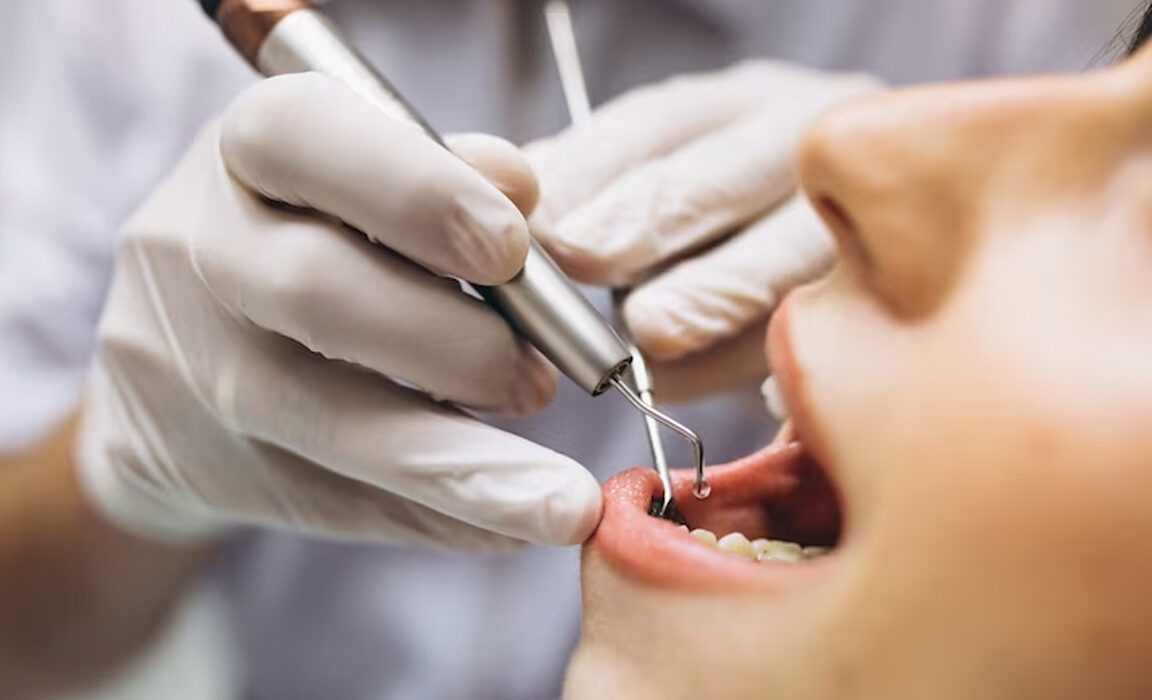Gum treatment is also known as pink aesthetics. And it is a treatment applied to relieve the discomfort in the gums. Gum diseases can cause pain and aches, as well as cause the gums to lose their natural color. This treatment eliminates the dark appearance of the gums. In addition, this treatment is done to relieve inflammation in the gums. After the treatment, the person regains a healthy gum structure. At the same time, it becomes a gingival that looks beautiful and aesthetic from the outside.
Different treatment ingredients are applied in order to eliminate the discomfort in the gums. Gums, like teeth, are exposed to many different factors during the day. Everything we eat and drink during the day affects our gums in some way. This effect is usually a negative effect when it comes to bad habits such as unhealthy diet and smoking. These negative effects can also cause some problems in the gums. The problems that occur in the gums and the situations where the gums need to be improved are generally as follows;
- In cases where crowding in the teeth causes problems in the gums
- In cases of gingivitis and gingival swelling
- Gums that are discolored, darkened or bruised
- In case of gum recession
- In gingival enlargement
- In case the teeth appear short due to the gums
- If your gums show too much when smiling
Treatment Details
_
How is Gum Treatment Performed?
Depending on the stage of the disease, the degree of effectiveness of previous treatments and the general health of the patient, the methods chosen for gum treatment vary. Treatments are divided into two classes as surgical and non-surgical treatments. Non-surgical gum treatments include:
Professional Teeth Cleaning
In some cases, plaque and tartar get under the gum line. And it causes gum disease. With professional teeth cleaning, this problem disappears. The dentist deeply cleans the plaque and tartar that occurs. If the person has a predisposition to gum disease, more attention should be paid. The dentist may recommend the patient to have professional teeth cleaning more than twice a year. A person who has regular gum cleaning is less likely to get gum diseases.
Tooth Scaling and Root Planning
If the dentist determines that plaque and tartar have accumulated under the gums, he applies this method. This procedure is done under local anesthesia. In this process, plaque and tartar above and below the gum line are scraped off by the dentist. Then, the rough spots on the root of the tooth are smoothed. The adhesion and reproduction of bacteria is made difficult.
Gum treatments require surgery in some cases. Treatments involving surgical application are as follows:
Bone Graft
In these operations, bone grafts made from the patient’s own bone are used instead of the bone destroyed by the gum disease. In addition, bone grafts obtained from synthetic bone can also be used. These grafts replace bone in areas destroyed by periodontal disease. And it helps rebuild bone in the area. The procedure aims to reattach the teeth to the bone.
Guided Tissue Regeneration
This process encourages the growth of the bones that support the teeth. And that involves placing barriers around gum tissue or teeth to guide growth. After the gingival pockets are thoroughly cleaned and sterilized, a bioabsorbable membrane is placed between the gingival tissue and the cut area of the tooth root. This membrane allows the bone to regrow properly.
